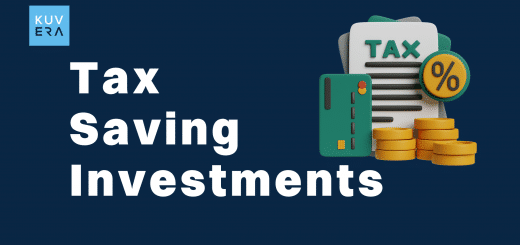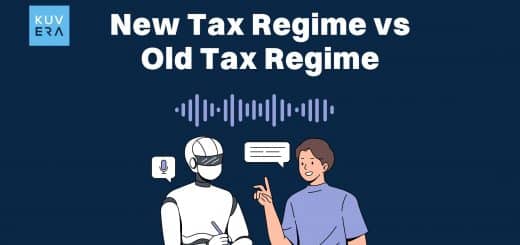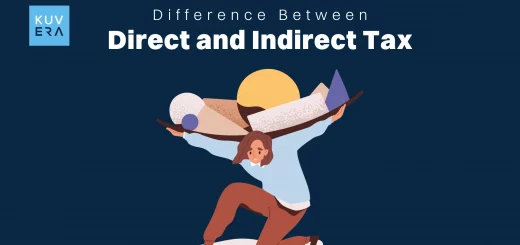
Tushar is a personal finance enthusiast who loves to write on money, savings, investments and spending. Through his writings on www.jaintushar.com, his vision is to make personal finance easy and comprehensible for his audience. Subscribe to his blog.
In my last article, I talked about ELSS being a great tax saving option and also mentioned few caveats you should keep in mind when opting for an ELSS.
While ELSS is a great vehicle to invest your money in, it may not be the best option always.
Before you invest in an ELSS, you need to understand few aspects of your investment behavior, your financial needs and the returns you expect.
Based on that, there may be scenarios when it makes sense to skip ELSS and opt for alternate tax saving vehicles.
Below I have covered 4 such scenarios where it doesn’t make sense for you to invest in an ELSS.
[If none of these scenarios apply to you, I would strongly suggest to consider ELSS as part of your financial plan.]
#1 When you can’t stomach actual or notional loss of capital
Returns from ELSS are subject to market volatility and risks.
That means you will see fluctuations, sometime big enough to erode a part of your invested capital.
If you are a conservative investor and want your principal to always stay safe, stay away from ELSS.
Remember, it’s not worthy to lose a night’s sleep in return for some extra gains.
But if you can handle this risk gracefully, ELSS is definitely a great tax saving option for you.
#2 When your investment horizon is for less than 5 years
While the lock in period of funds in an ELSS is for 3 years, it doesn’t mean you should withdraw the funds immediately after the completion of this period.
Since the underlying asset class in ELSS is equities (with significant exposure to midcaps), it’s suggested to stay invested in an ELSS for atleast 5 years, provided the fund is performing well.
Give your ELSS the time it needs to grow.
If you think you would need the funds in the next 5 years, it’s better to choose large cap/hybrid funds as the asset class and ELSS may not be the best option for you due to their riskier nature.
#3 When you are already exposed sufficiently to equities but not debt
If you are already sufficiently invested in equities but not debt, probably it makes sense to skip ELSS as part of your section 80 C investments.
The concept of ELSS is to promote investments in equities for the larger population.
That’s why there is a tax incentive.
If you are already investing sufficiently in equities, you should skip ELSS and probably use the 80C limit to invest in debt class (PPF, NSC etc.)
#4 When your sec 80C limit is already exhausted
When you invest in ELSS, you get a tax benefit under section 80C which can be to a tune of maximum INR. 1,50,000.
So if you have consumed ,say INR. 1,00,000 of your section 80C limit towards PPF, it’s better to invest only the remaining 50,000 in ELSS.
Even if you invest more than INR. 50,000, your tax exemption still stays at INR. 50,000.
In that case, it’s better to find a non ELSS mutual funds for investing your money and avoid the 3 year lock-in.
Conclusion
Personally, I am a big fan of ELSS and I ensure I benefit from tax saving mutual funds by investing through SIPs right from April itself.
That ensures I don’t need fret at the year end on tax saving measures.
Do you have a scenario to add?
Comment below and let the audience know the caveats you follow when investing in ELSS.
Find Top Rated Tax Saving Mutual Fund schemes.
Start investing through a platform that brings goal planning and investing to your fingertips. Visit kuvera.in to discover Direct Plans and start investing today.
#MutualFundSahiHai, #KuveraSabseSahiHai!










